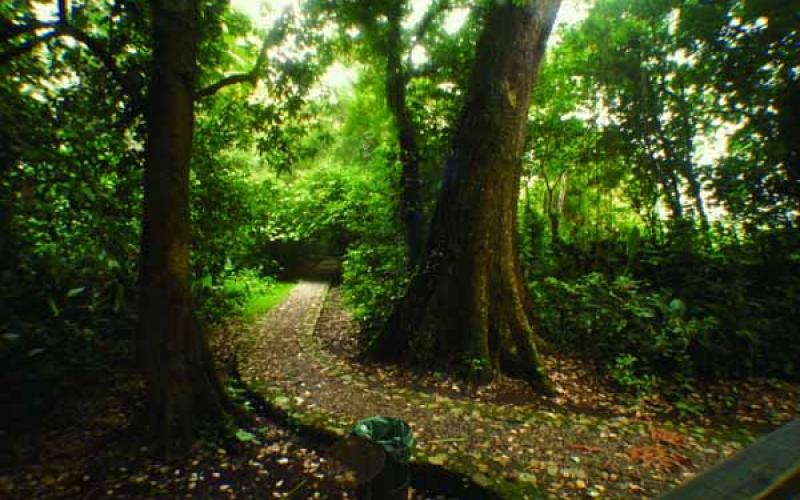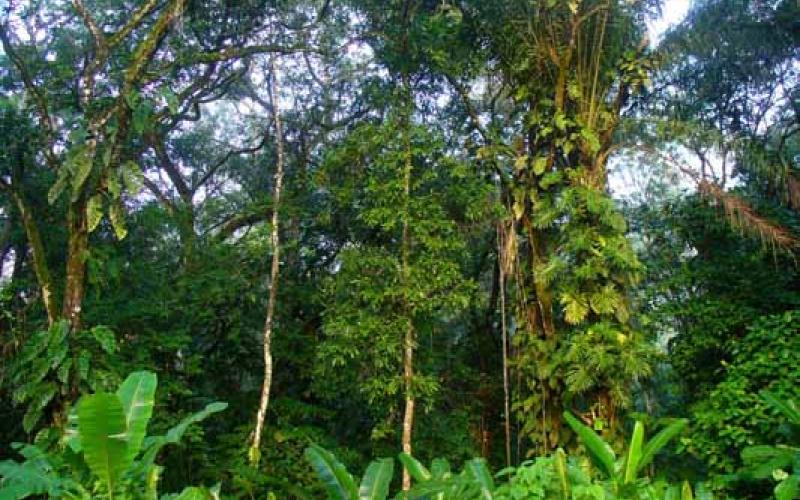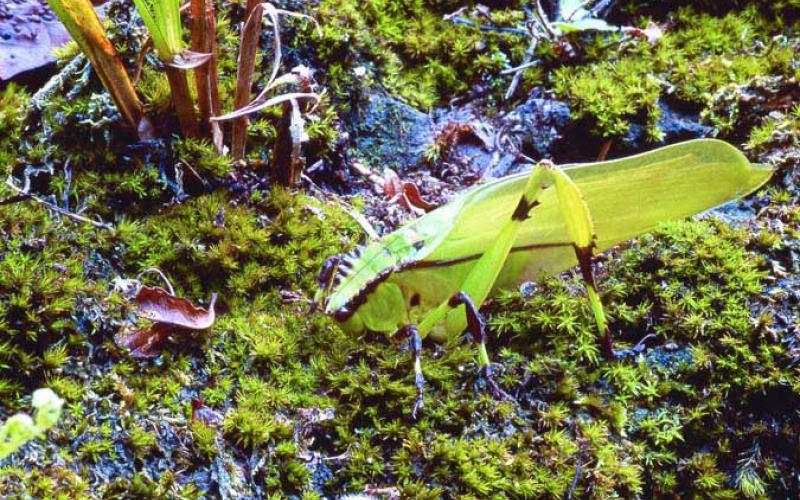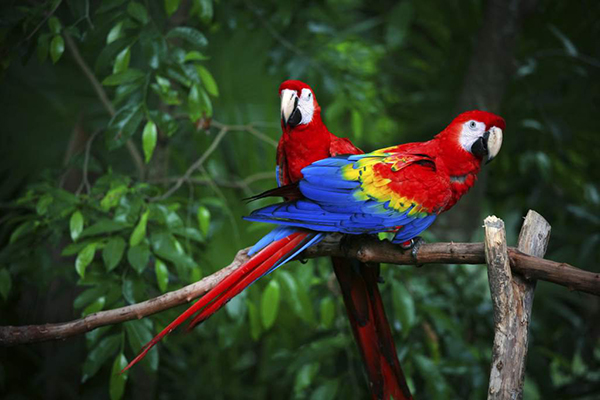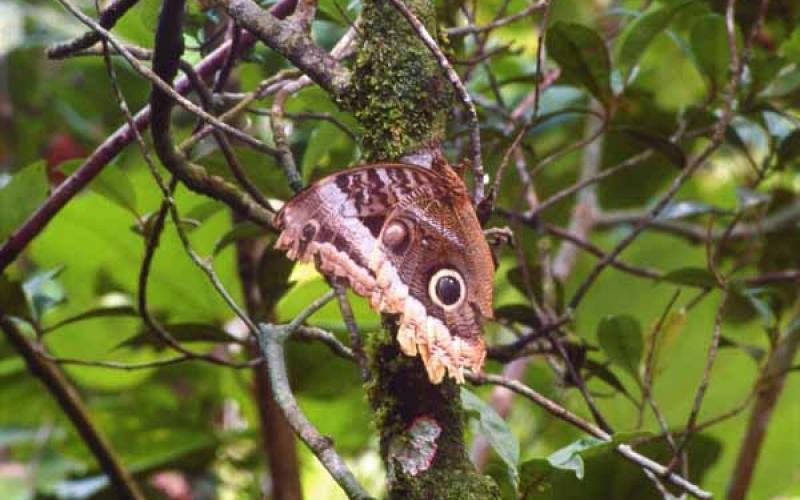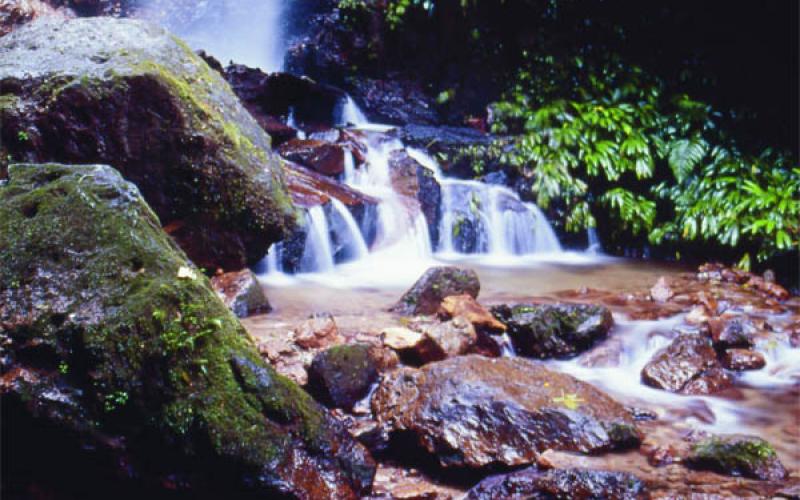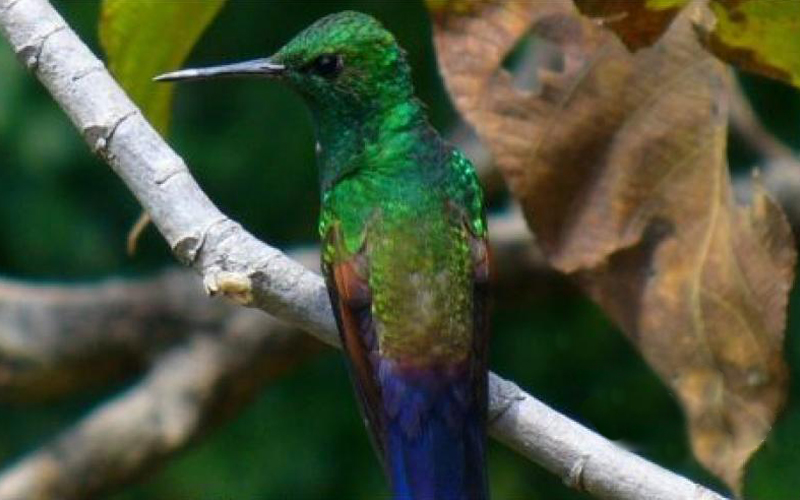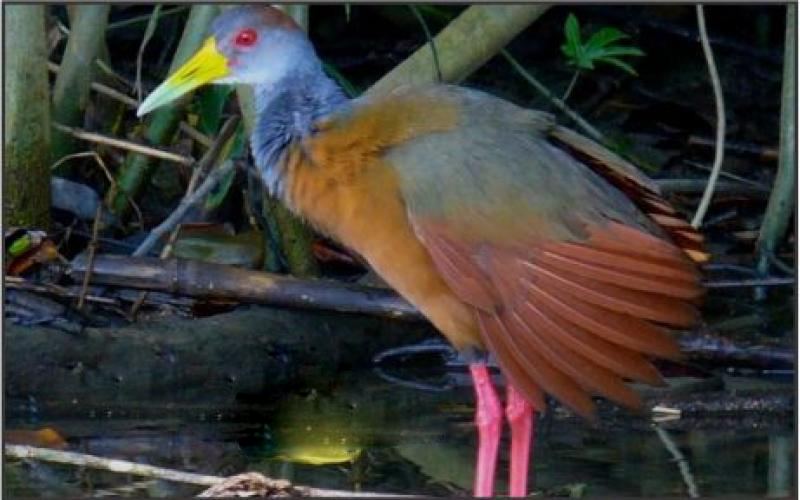birding
Santa Barbara Mountain National Park / PANAMOSAB, Santa Barbara
Santa Barbara Mountain National Park / PANAMOSAB, Santa Barbara , Located 13 kilometers east of the city of Santa Bárbara, it is the second highest peak of Honduras, after Celaque, with a height of 2744 msnm. It is a protected natural area with an average of 70 fern species, 90 types of orchids and more than 50 percent of the bird species in the country, making it the perfect place for birdwatching.

Location
Tours deals
Eco Archeological Park Los Naranjos, Yojoa Lake
Eco Archeological Park Los Naranjos, Yojoa Lake , An exceptional place to observe birds due to the number of species, natural landscape nd trails, including a raised path. With more than 292 birds species reported, this site is suitable for viewing many migratory bird species, as well as resident birds such as Lineated Woodpecker (Dryocopus lineatus), Olivaceous Piculet (Picumnus olivaceus), Red-lored Parrot (Amazona autumnalis), Black-headed Trogon (Trogon melanocephalus) and White -winged Becard (Pachyramphus polychopterus). A place of great anthropological importance for its prolencas’ and Mayan settlements, with an occupation registered since 800 BC. up to 1250 D.C.

Location
Tours deals
Lancetilla Botanical Garden, Tela, Atlántida
Lancetilla Botanical Garden, Tela, Atlántida , It is one of the main sites for birdwatching in the country, with more than 300 species identified. This makes it an exceptional site for birdwatching. Fans of plants and animals, hikers and birdwatchers have in Lancetilla a place in which to spend a lot of time.

Location
Tours deals
Cuero y Salado Wildlife Shelter, Atlántida
Cuero y Salado Wildlife Shelter, Atlántida , It is a natural protected area located in the triangle formed by the Cuero and Salado rivers, with dry and fluvial channels where animals can be appreciated in their natural state, along with very interesting birds. Here, about 35 species of animals are protected. Attention to tourists in the shelter is in the hands of the co-driver Fundación Cuero y Salado, FUCSA (or Cuero y Salado Foundation), and of the guides and families of the local communities associated with the community tourism company LARECOTURH.

Location
Tours deals
Celaque National Park and dry forests around Gracias, Lempira
Celaque National Park and dry forests around Gracias, Lempira , It already has an area allocated for public use, and has recently had the support of donations to improve the visitor center and its respective access, as it will as well have a bird sighting tower. The park also has trails with good maintenance and signaling. However, it is necessary to investigate other accesses to the park to facilitate the observation of birds of interest. The Honduran emerald hummingbird has been reported in several places with dry forest in the area, but it is necessary to study the local distribution in more detail to be able to predict the places where it can be observed with greater security. The birdwatching club has been formed; it is necessary to expand it and deepen bird research in the region.

Location
Tours deals
The Graves at Copán Ruinas Cultural Monument, La Laguna/San Francisco, and the area dedicated to coffee production on the road to Sesemil, Copán
The Graves at Copán Ruinas Cultural Monument, La Laguna/San Francisco, and the area dedicated to coffee production on the road to Sesemil, Copán , Copán Ruinas is a destination of archaeological and natural importance. It is home to the Copán Ruinas Cultural Monument, declared a World Heritage Site by UNESCO in 1980. A fascinating city of the Mayan civilization, considered the Athens of the New World. The destination has a proper tourist floor and great possibilities of considerably increasing tourist visits.

Location
Tours deals
The Lodge at Pico Bonito, La Ceiba, Atlántida
The Lodge at Pico Bonito, La Ceiba, Atlántida , This establishment has a long history of service to birdwatchers. It knows the market, participates in international fairs and has put the name of Honduras and Pico Bonito in the international market. Both the Lodge as well as the driveway areas are suitable for birdwatching. The Lodge area has a high level of security.

Location
Tours deals
Río Santiago Private Reserve, Atlántida
Río Santiago Private Reserve, Atlántida , It's a private reserve located in the buffer zone of the Pico Bonito National Park. Large numbers of hummingbirds can be observed due to the installation of artificial feeders in the restaurant area.

Location
Tours deals
Pico Bonito National Park, Visitor Center entrance in the Cangrejal River basin, La ceiba, Atlántida
Pico Bonito National Park, Visitor Center entrance in the Cangrejal River basin, La ceiba, Atlántida , Currently, the preferred area to take visitors is the Cangrejal River area, where there are several tourist establishments and, additionally, the Visitor Center of the Pico Bonito National Park is located on the site. There are more than 200 species registered in the Cangrejal River basin, with specific investigations that have generated information and species identification sheets, and bird monitoring has been carried out. There are also initiatives that have strengthened local capabilities for birdwatching and monitoring.

Location
Tours deals
Honduran Emerald Hummingbird Wildlife Refuge, Yoro
Honduran Emerald Hummingbird Wildlife Refuge, Yoro , Even though it is located in the department of Yoro, tourists stay in La Ceiba, from where they leave to visit the refuge. It has the only endemic bird of the country, the Honduran emerald hummingbird.

Location
Tours deals
Choluteca
Choluteca , It is one of the largest birdwatching niches in Honduras. Here, millions of birds come every year. It is one of the richest areas of the country for birdwatching and the most diverse.
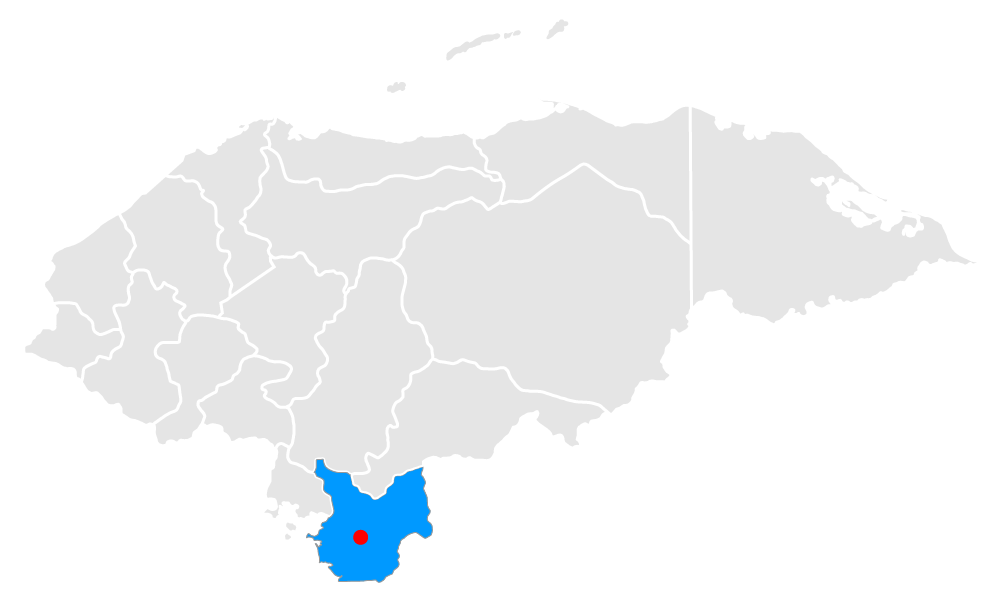
Location
Tours deals
Macaw Mountain Bird Park and Nature Reserve, Copán
Macaw Mountain Bird Park and Nature Reserve, Copán , It is a great attraction, a conservation and breeding, rehabilitation center and bird lodge waiting for you a few kilometers away from the center of Copán Ruinas, on the road that leads to Aguas Calientes. A colorful ecological park surrounded by centenarian native trees and a coffee farm, and crossed in half by the refreshing waters of the Cakaguatales ravine, where you can have breakfast, a snack or lunch after walking among more than 180 species of Honduran, Central American and some South American birds. Do not miss out on the chance to feel the legs of a red, green or blue macaw as they lean on your arms, shoulders or head and spread their wings open wide. That is the best moment to take a photo of your holiday, worthy of sharing with your friends.

Location
Tours deals
Cerro Azul Meámbar National Park - PANACAM, Lake Yojoa
Cerro Azul Meámbar National Park - PANACAM, Lake Yojoa , Get in touch with the art of nature with a majestic deep blue cover. Cerro Azul Meámbar National Park offers trails that lead you to explore its flora and fauna intimately. And for adrenaline lovers, a high-speed canopy tour that satisfies the senses.

Location
Tours deals
Lake Yojoa Subbasin
Lake Yojoa Subbasin , Lake Yojoa is a protected area of great local and regional importance, with the category of Multiple Use Area. This is the region where you can see more birds in Honduras. It has 11 ecosystems less than an hour away, including wetlands and cloud forest. It has a local birdwatchers’ club and the region is already included in the current birdwatching tours’ offer. The lake’s shores are very suitable places to observe birds. There is private offer for access to docks, boats and trails on its premises. There is also a tourist floor with capacity to adapt to birdwatchers’ needs. It is located in the center of the country, and therefore close to other birdwatching regions.





